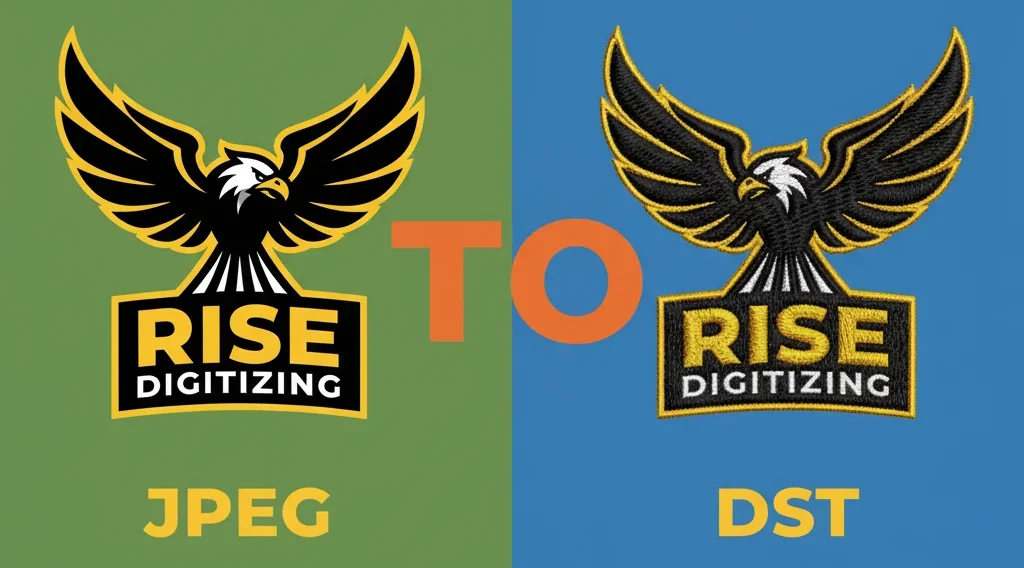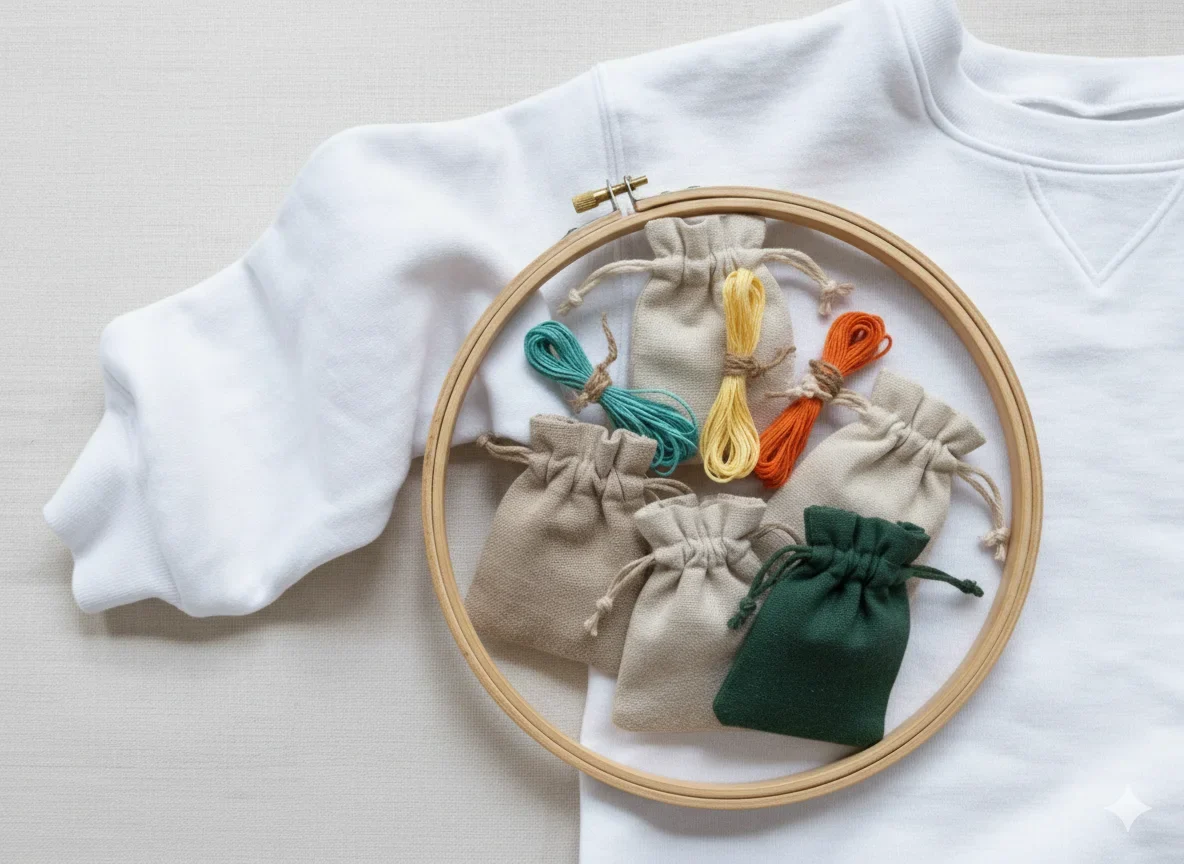In the modern world of embroidery, precision and technological advancement are linked. No matter if you’re a beginner or professional designer, knowing the various formats for embroidery files is crucial. Of the various file formats that are available, the DST File for Embroidery is one of the most frequently utilized. It was created by Tajima, and this format is used by the majority of commercial embroidery machines.
What Is a DST File for Embroidery?
The DST data file (short for Data Stitch Tajima) can be described as a machine-readable embroidery data file that includes all instructions needed by an embroidery machine for sewing a design. As opposed to image or vector files, the DST file isn’t a source of colors or pictures. Instead, it stores stitching instructions, needle movements, and machine functions that determine the way every part of the design is embroidered.
If you upload a DST file to an embroidery machine, the machine interprets the data encoded in it and adheres to the instruction to create exactly the same design in thread. This guarantees uniformity, speed, and precision — something manual stitching could never achieve.
What Information Does a DST File Contain?
The DST File for Embroidery contains a range of information about stitching and technical specifications, like:
Coordinates for stitching (X and Y movement): Determine where needles should move next.
Jump stitches: When the machine moves without stitching, generally between elements in a design.
Trim commands: Inform the device when to cut the thread automatically.
Colour-change commands: Indicate when to stop stitching so the user can change thread color.
But it’s crucial to be aware that DST files aren’t able to store thread colors — they are just placeholders for color changes. The user or the digitizer determines the color later according to the setup of the machine and the thread brand employed.
How a DST File Is Created
The process of creating the DST File for Embroidery is known as digitizing — the perfect combination of art and technology. An expert digitizer converts a logo, artwork, or image into stitch data by using specialized embroidery digitizing software such as Wilcom, Hatch, or Pulse.
Here’s how it usually works:
Design preparation: The digitizer imports an image or logo file (e.g., PNG, JPG, or AI).
Digitizing process: Each part of the design is created manually using different stitch types such as fill, satin, and run stitches.
Assigning machine commands: Stitch directions, densities, trims, and color-change points are added.
Exporting in DST format: Finally, the design is saved as a DST file that’s ready to be loaded onto the embroidery machine.
If the process isn’t executed correctly, the result could appear unnatural or distorted. That’s why working with experts who offer the best embroidery digitizing in USA can have a significant impact. The experts ensure that DST files are designed to work perfectly with the specific machine type, fabric, and thread — giving you a flawless end result.
Why the DST File Format Is So Important
There are numerous embroidery formats (such as PES, EXP, JEF, and VP3). However, the DST File for Embroidery remains the standard used by industry professionals. Here’s why:
Compatibility: Most commercial embroidery machines such as Tajima, Barudan, Brother, and others support DST files.
Efficiency: The format is compact, allowing for quick transfers between software and machines.
High-Performance: It provides precise control over every stitch, resulting in professional-quality embroidery.
Even if you’re using another file type in your software, it’s common practice to export your finished design as a DST file before stitching.
Benefits of Using a DST File
Universal Machine Support: Compatible with almost every commercial embroidery machine.
Consistent Stitching: Ensures every product looks identical regardless of production volume.
Optimized for Speed and Accuracy: Reduces machine errors and adjustment time.
Compact and Lightweight: Easy to store, transfer, and share with clients or manufacturers.
Why Choose Professional Digitizing Services
If you’re seeking the highest quality embroidery, you must work with experts who provide the best embroidery digitizing in USA. They’re equipped with advanced software, skills, and experience in creating perfectly balanced DST files that work on different fabrics — from cotton and polyester to caps, jackets, and bags.
A dependable digitizing service doesn’t just convert your designs — it enhances them for seamless stitching, minimal thread breakage, and smooth finishes. Investing in professional digitizing ensures that your embroidery is clean, strong, vibrant, and durable.
FAQs
1. What program can read or modify the DST file?
You can edit or open DST files with embroidery software such as Wilcom Embroidery Studio, Hatch Embroidery, Embird, or Brother PE-Design. There are also free viewers, such as Ink/Stitch (an Inkscape plugin), that let you view DST files without editing capabilities.
2. Can I convert other file types to DST?
Yes. Image files such as PNG, JPG, or SVG can be digitized and converted into a DST File for Embroidery using digitizing software. However, this process must be done manually by a professional digitizer to ensure that the design stitches correctly on fabric.
3. Why can’t a DST file display thread colors?
DST files do not contain real color data — only machine commands for color changes. The operator or software assigns specific thread colors during setup before stitching begins.
Understanding and utilizing the DST File for Embroidery is vital to achieving high-quality embroidery results. When you need reliable, top-tier digitized designs, consult professionals who provide the best embroidery digitizing in USA. We will ensure that the designs you create aren’t simply stitched however, they’ll be perfect stitched.





